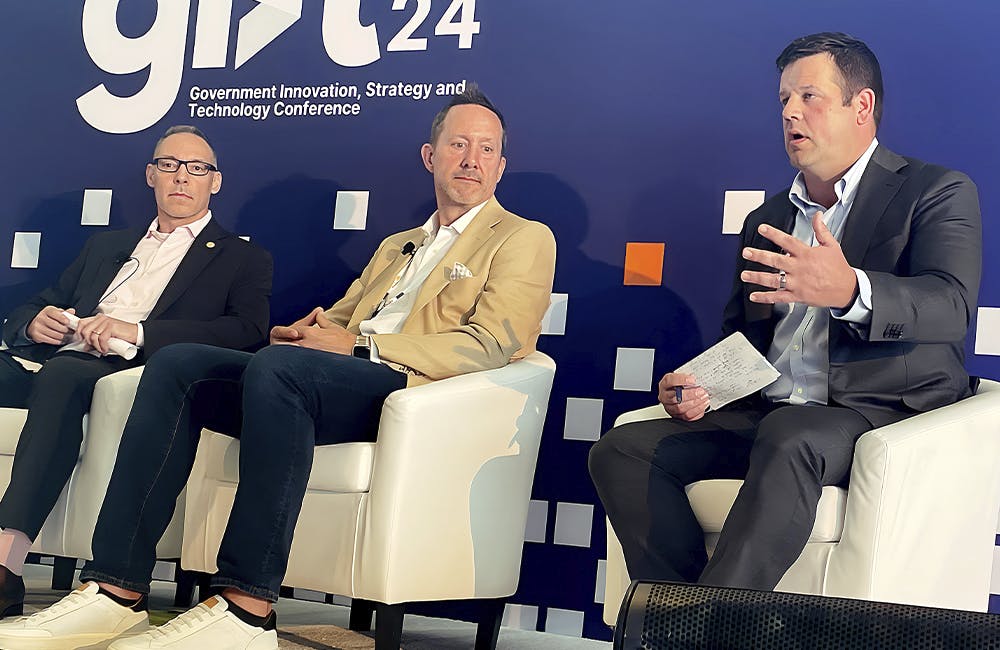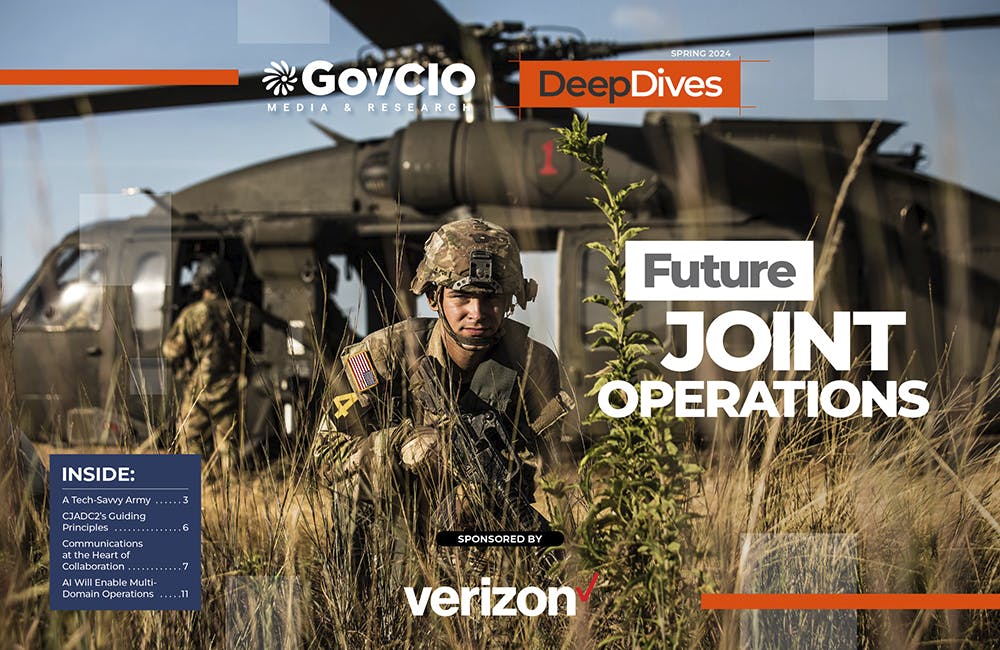How TMF is Helping Agencies Accelerate Tech Modernization
The program launched a new AI pilot to expedite TMF applications as agency leaders urge more to consider applying for funds.

Federal agencies are tapping into the Technology Modernization Fund (TMF) to modernize processes and technology across various missions, and government leaders are urging others to consider the funding source for their modernization projects.
The GSA-led funding program plans to invest in artificial intelligence-related modernization projects across government, according to its current call for proposals. With its prior calls for proposals, the agency has made 53 investments of $850 million across 30 federal agencies.
“We are still aggressively pursuing good and intelligent modernization investments. TMF allows and provides a source of monetization and expertise,” Federal Deposit Insurance Corporation (FDIC) Acquisition Innovation Advocate Harrison Smith said at Swish’s GIST Conference. “It also helped Bureau of Land Management accelerate the release of historical land records by 80%.”
New this year is an expedited AI pilot process for agencies looking to expand a pilot of their own and have already done user research. The new process provides prioritized consideration for funding, membership in an AI pilot cohort and procurement assistance.
The way TMF works is that once funded, awardees have to pay back 50% of their investments to TMF over five years. This requirement initially had turned off a lot of potential applicants, including National Archives and Records Administration (NARA) CIO Sheena Burrell before the agency had a grasp of TMF’s full impact.
“The TMF is an accelerator and helps us to accelerate innovation. Sometimes we don’t have those discretionary funds to be able to do both, in terms of not only to modernize, as well as to keep our lights on,” Burrell said.
National Transportation Safety Board (NTSB) CIO Michael Anthony said he saw TMF as a “potential game changer,” especially to support agencies in meeting unfunded federal mandates.
NTSB is six months into a TMF-funded project aiming to reduce the duplication of entries during investigation processes, create a better search function to access information and send proactive notifications to those interested in accident case updates. It hopes to meet its first milestone in September.
The agency is also ensuring the solution has zero-trust architecture built in and leverages the cloud.
“It’s actually been a whole educational campaign for both the technologists and then our business users or our product owners or stakeholders to really make sure it is delivering what we said we would,” Anthony said.
For other federal agencies that are curious about submitting a TMF proposal, Smith suggested having support from organizational leaders and a strong plan to ensure the proposal is executed quickly.
“When that focus [of the proposal] is on the veteran or the agencies that are coming to you as a shared service, it really does paint that picture and it helps everyone get aligned on that mission and what you’re really focused on,” Smith said.
This is a carousel with manually rotating slides. Use Next and Previous buttons to navigate or jump to a slide with the slide dots
-

IRS Tax Filing Pilot Part of Digital-First Customer Experience Plan
Many taxpayers increasingly expect flexible, easy and self-directed digital interactions, agency leaders said.
5m read -

Federal Agencies Make the Case for Quantum
Amid development of emerging technologies like AI and machine learning, leaders see promise in quantum computing.
6m read -

Cyber Incident Reporting Regulation Takes Shape
An upcoming CISA rule aims to harmonize cyber incident reporting requirements for critical infrastructure entities.
5m read -

Connectivity Drives Future of Defense
The Defense Department is strategizing new operating concepts ahead of future joint force operations.
8m read








